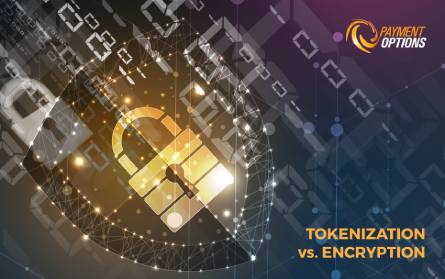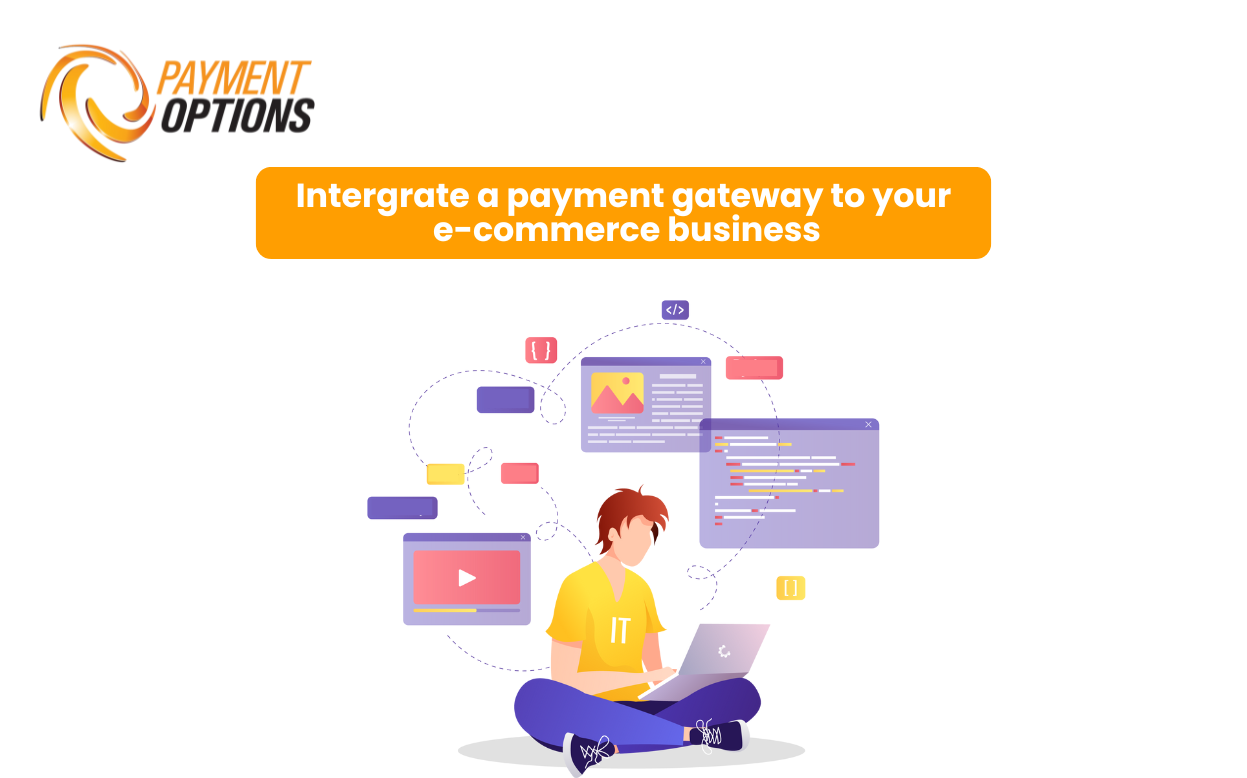Tokenization vs. Encryption: Which is Better for Your Business?

No one can deny the importance of finding a suitable security technology to protect the data of your company. Without accurate knowledge to make a reasonable strategic decision, there have been numerous choices as well as several market terminology and terminology tossed around. We’re analyzing a variety of basic tools that are frequently compared to one another to succeed in this role: tokenization vs. encryption.
Data Encryption
This terminology is used for the act of selectively modifying files by using an encryption key, making it unusable/ inaccessible to people that do not have the decryption key. The most effective way of keeping confidential data protected is encryption, but many organizations around the world use encryption to secure customer data, bank details, payment card information, personal details, non-public personal information, and several other kinds of confidential information. Encryption, however, has a few disadvantages, particularly when compared with tokenization.
What is the difference between Tokenization & Encryption?
The main difference has been the authentication approach that each use. a token to secure the information is used by tokenization, while encryption requires a key. tokenization substitutes confidential material with an immutable, non-sensitive placeholder (token) and holds the current, confidential data safely beyond its initial framework. Encryption encodes the data and a mutual key is utilized to encrypt and decrypt it to access it again.
The tokenization method transfers the token for the confidential information to view the actual information, and an encryption solution decrypts the encrypted information to uncover its delicate type. Encryption is awesome for unorganized disciplines or evidence datasets that are not regularly transferred or processed in numerous structures. Structured information like Welfare and credit card details, which have to be stored on a database to confirm identifications and widely available for long-term needs, like money transfers and card payments, are perfect for tokenization.
Is it possible to Break Tokenization or Encryption?
Data encryption is reversible and this is considered one of the main challenges of Encryption. The encrypted information may be restored to its initial, unclassified state by default, which ensures that every person or organization that has accessibility to the key may utilize it to reveal the confidential data which the protection is supposed to secure. The intensity of the encryption is dependent on its key, or the information security technique it employs. A more complicated method in the program can produce a stronger type of encryption that is much more important to overcome. Alternatively, it would be better to handle an easier issue.
All forms of authentication are breakable-just it’s a function of how effective the machine is relative to the effectiveness of the devices. Encryption is still not exactly privacy security throughout this manner. It is data obfuscation that means the main objective of authentication is to make it much more challenging, if not hard, to locate the true data contained inside the encrypted files once the encryption key is revealed, instead of concentrating on blocking external entities from obtaining the data.
Compliance Concerns of Tokenization and Encryption
Another encryption concern is that the PCI Technology Standards Council and other equivalent controlling bodies charged with implementing regulatory enforcement also regard encrypted information as confidential data unless it is reversible. It may sound surprising, but while encryption is commonly accepted as an important preventative technique since it is reversible and can be restored to its original state, it is regarded as being vulnerable by the Payment Card Industry Data Security Standard (PCI DSS). To properly protect it by the PCI DSS specifications, it needs extra security steps. companies should anticipate a substantial capital expenditure in buying additional technologies to properly secure this encrypted information, which is intensified by the massive costs available to fulfill regulatory compliance with other aspects of a buying
If your organization is incompatible due to authentication or your decryption process is insecure, causing the confidential data of your enterprise including your clients to get into the malicious parties, the resulting penalties would crush your company.
You don’t have to face these kinds of challenges in Tokenization. This form of data protection doesn’t only depend on implementing encryption techniques to protect your information. It implements a different strategy for protecting your data by replacing your information with totally random information mapping one-to-one inside the framework, instead of maintaining security using a hackable algorithm. The token does not include the initial data and, therefore, the token can still be transformed into the initial, confidential data. The token becomes merely a variable, and there is no meaning intrinsic to it. Similarly, the true, confidential content, including a protected offsite database, is maintained completely in a separate venue.
This ensures that confidential customer information at a certain point doesn’t reach or exist inside the internal networks, which severely limits the complexity of complying with legislation and effectively removes the possibility of a data breach. When a hacking group tries to break into the network and extract your tokens, little of worth has been extracted from them. For illegal reasons, tokens could be used. Those who are in control of the tokens experience extra security measures and standards to prove their identities to swap the tokens for the initial, confidential data. Moreover, as stated earlier, tokens cannot be restored through breaching an algorithm separately from the protected network.
Tokens don’t really hold all of the initial confidential data and they merely act as representations of it. They really aren’t susceptible to the very same difficulties that unsecure data will comply with PCI and other data protection regulations. As a consequence, expensive regulatory duties are minimized, and there would be no penalties or violation notices to think about if the framework is breached or enforced appropriately.





